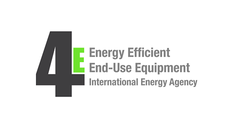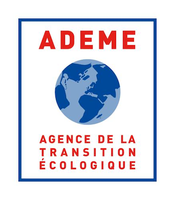Search eceee proceedings
Finding an optimal district heating market share in 2050 for EU-27: Comparison of modelling approaches
Panel: 2. Efficiency and beyond: innovative energy demand policies
This is a peer-reviewed paper.
Authors:
Pia Manz, Fraunhofer ISI, Germany
Şirin Alibaş, Fraunhofer ISI, Germany
Tobias Fleiter, Fraunhofer ISI, Germany
Anna Billerbeck, Fraunhofer ISI, Germany
Abstract
District heating is an important pillar for decarbonizing the heating of buildings, and is most cost-effective in areas with high heat demands. The lower the heating demand in a certain area, the higher the specific distribution costs of district heating. Furthermore, heat generation for district heating needs to be transformed. All of this affects the costs for the generation and distribution of heat to buildings. The question arises, how a cost-effective share of district heating for the heating of buildings in a future climate-neutral energy system can be quantified.
Existing modelling studies report greatly differing values for the future share of district heating. A better understanding of the reasons for such great differences among studies increases the value and relevance of results. Thereby, we present a review of published system analyses studies that aim to model the future evolution of district heating. Based on this, we conduct a case study, using a high spatial resolution modelling approach to determine the most important parameters for analysing the district heating market share in Germany.
We find in the reviewed studies that the resulting shares for district heating vary greatly, even when similar assumptions are used. Some studies identify possible district heating areas with a high spatial resolution. Furthermore, the modelling approaches for the district heating sector differ by cost assumptions, resulting in different shares for district heating. Nevertheless, modelling is a method to indicate future district heating expansion in different European countries.
Downloads
Download this presentation as pdf: 2-216-22_Manz_pres.pdf
Download this paper as pdf: 2-216-22_Manz.pdf
Panels of
1. Dynamics of consumption: less is more?
2. Efficiency and beyond: innovative energy demand policies
3. Policy, finance and governance
4. Monitoring and evaluation for a wise, just and inclusive transition
5. Towards sustainable and resilient communities
6. Energy-efficient and low-carbon mobility for all
7. Policies and programmes for better buildings
8. Innovations in products, systems and building technologies



























